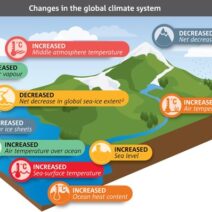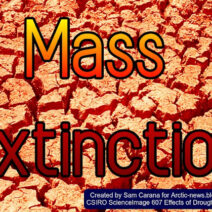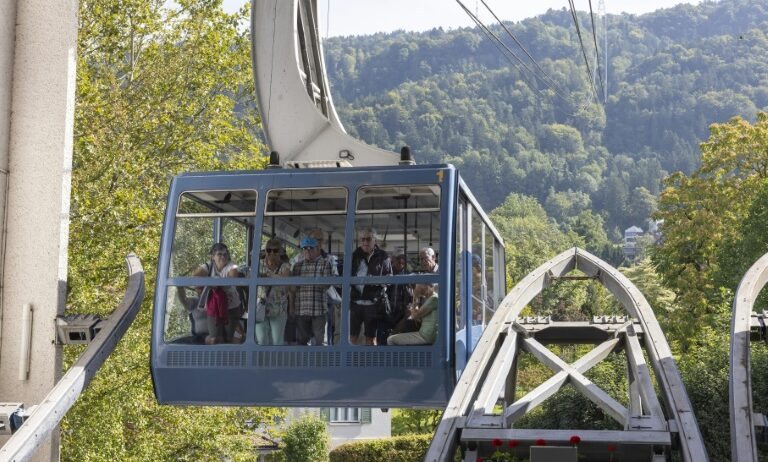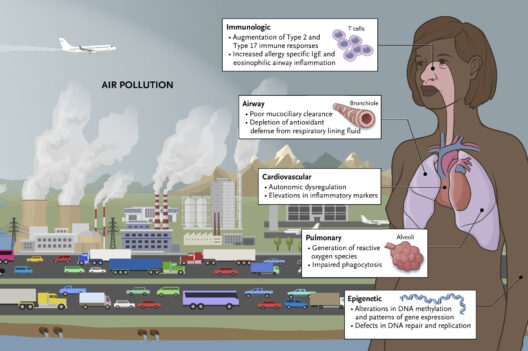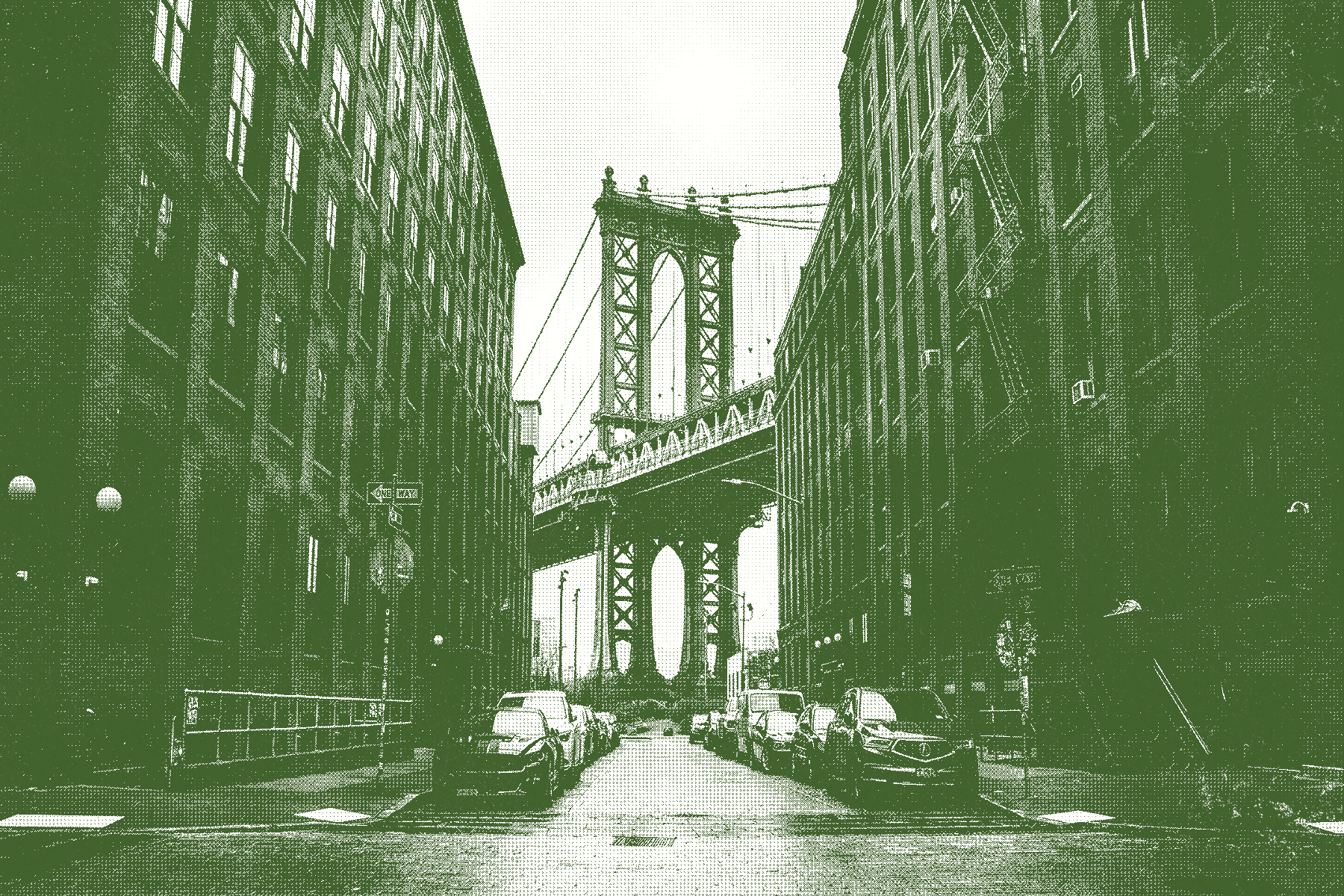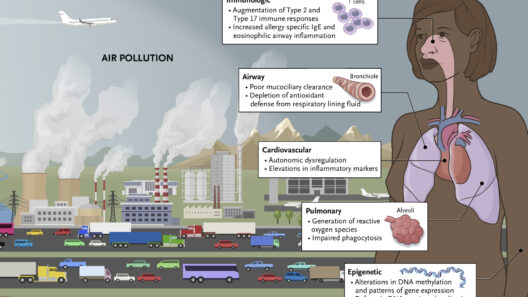Once upon a time, our planet was a place of balance. The air was clean, animals roamed freely, and plants thrived in harmony with nature. But as we grew and built more, something changed. The Earth started to warm up, and this is what we call climate change. Understanding climate change is crucial; it affects everything from the air we breathe to the water we drink. This story is not just about the facts; it’s about how we can see the world differently and inspire action.
Imagine a world where the temperature gradually rises, a world overflowing with vibrant colors, bustling cities, and the gentle hum of nature coexisting with technology. However, this world faces challenges that we must recognize and address. The first challenge arises from something we all know as greenhouse gases. These gases, such as carbon dioxide and methane, trap heat in our atmosphere. When the sun sends its warmth to Earth, these gases create a sort of blanket that keeps the heat from escaping. While this blanket is necessary to maintain a livable climate, too thick a blanket means our planet gets uncomfortably warm.
The primary culprits of excessive greenhouse gas emissions are human activities. When we drive cars, generate electricity from fossil fuels, or even when we cut down trees, we inadvertently contribute to the warming of our planet. Have you ever considered how the food you eat could affect the climate? Farms that grow food often require fertilizers that release additional greenhouse gases. Similarly, livestock farming is a significant source of methane emissions.
The implications of our warming planet are profound. One notable effect is the melting of glaciers and polar ice caps. Polar bears, seals, and many other creatures depend on ice for their survival. As their icy homes shrink, their ability to thrive diminishes, resulting in the threat of extinction for some species. Not only do animals suffer, but the rapidly melting ice contributes to rising sea levels, which can devastate coastal communities. Imagine building a sandcastle only to watch the waves gradually erase all your hard work – this is how sea-level rise threatens our homes.
Then we have unpredictable weather patterns. A few years ago, a community might have enjoyed mild winters with occasional snowfall. Today, they might experience intense storms, heavy rains, or scorching heatwaves. Such fluctuations can disrupt ecosystems, making it hard for plants and animals to adapt. For instance, when it rains too much in one place, soil erosion can wash away nutrients needed for vegetation. Conversely, droughts make it challenging for farmers to grow food, leading to food shortages and hunger.
But, here’s where the story shifts. For every problem, there are potential solutions. We are not helpless; we are empowered to make choices that positively impact our planet. A significant shift begins with understanding renewable energy sources. Instead of relying on fossil fuels, we can harness the power of the sun, wind, and hydropower. Imagine solar panels glistening on rooftops, wind turbines spinning gracefully on hills, and dams generating electricity from flowing rivers. These alternatives not only reduce greenhouse gas emissions but also lead to cleaner air and healthier communities.
Furthermore, there is a movement towards sustainable practices. This includes using materials that are eco-friendly, reducing waste, recycling, and embracing a circular economy where products are reused and repurposed. Think about the last time you used a reusable bag instead of a plastic one or opted for bike rides instead of car trips. These small choices, when adopted by many, can lead to significant changes.
But it’s not just about individual efforts. Communities and governments play a key role. They can implement policies that encourage sustainable practices, protect natural habitats, and support green technologies. Young citizens like you can make your voices heard by engaging in discussions about climate initiatives, advocating for environmental education in schools, or participating in local clean-up events. Your actions can inspire others to follow suit.
Let’s talk about trees. Trees are nature’s superheroes when it comes to cooling the Earth. They absorb carbon dioxide and produce oxygen, creating a healthier environment for all living things. Planting trees, whether on a large scale or simply in your backyard, can make a notable difference. Schools and communities that come together to plant trees foster a sense of unity while combatting climate change.
Another exciting area is technological innovation. Scientists and inventors are constantly developing new methods to combat climate change. For instance, carbon capture technologies can help remove carbon dioxide from the atmosphere. Meanwhile, advancements in electric vehicles and energy-efficient appliances are gradually making our lives more sustainable. Innovation opens up possibilities and inspires hope for a better future.
Curiosity about our planet can lead to extraordinary adventures. Ask questions! What happens when ice melts? How do renewable energies work? Why is biodiversity important? Exploring these curiosities can lead you to discover more about our environment and what you can do to protect it. Nature is full of wonders, and every small action counts toward a bigger impact.
So, what is the conclusion of our climate story? It’s a journey where every voice matters, every action counts, and every curious mind can contribute to a healthier planet. The narrative of climate change may seem daunting, but it is also filled with opportunities to create change. Let us embrace this challenge for ourselves and generations to come. Our Earth is resilient, and together, we can help it thrive.
